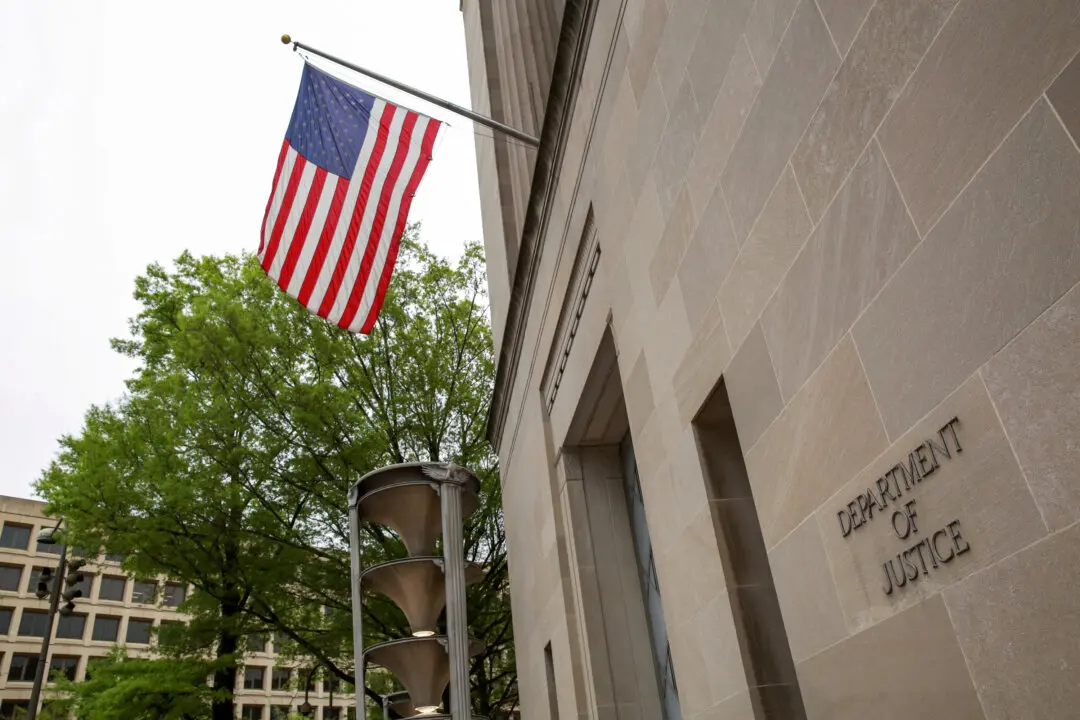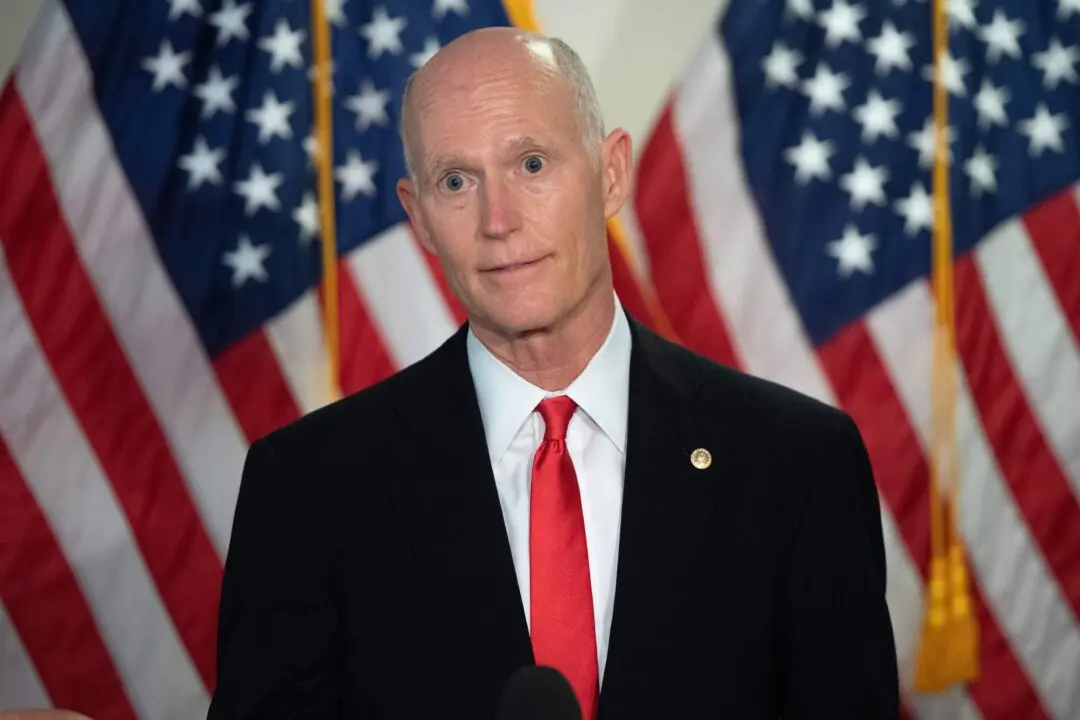The U.S. intelligence community has assessed that domestic violent extremists pose a “heightened threat” in 2021, according to a new unclassified threat assessment.
The brief unclassified summary—assembled by the Office of the Director of National Intelligence (ODNI), the Department of Justice (DOJ), and the Department of Homeland Security (DHS)—found that domestic extremists, motivated by a range of ideologies, are seen as risks for violence.




